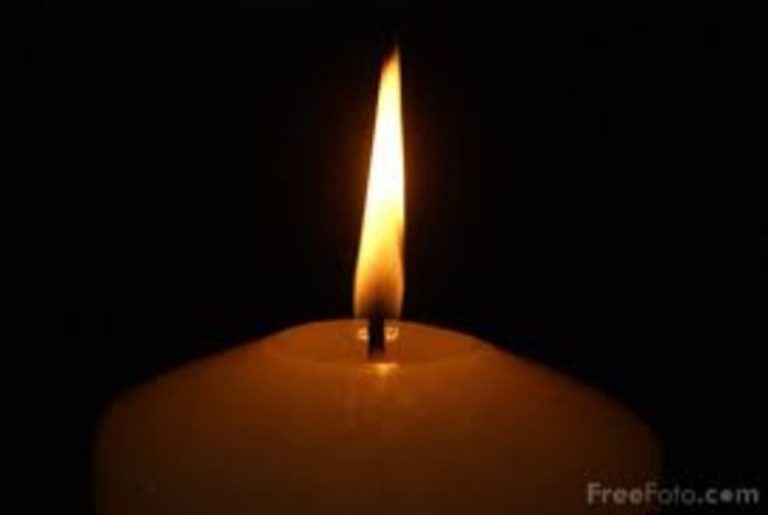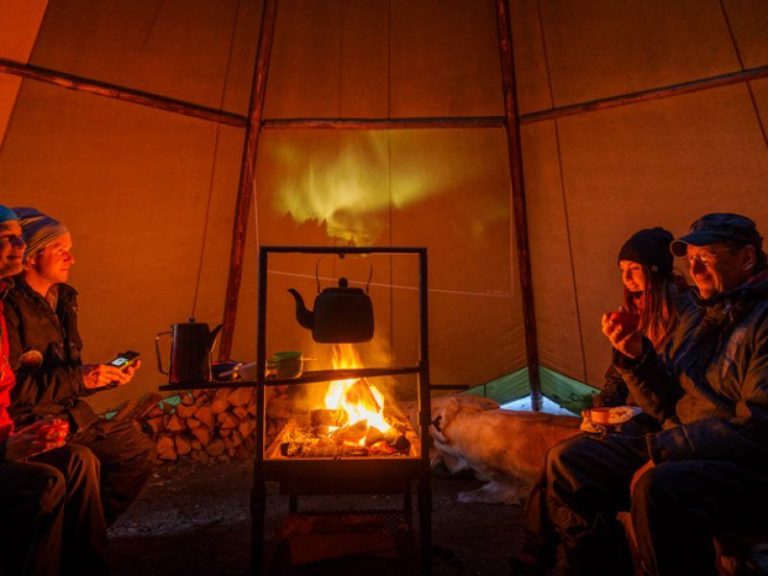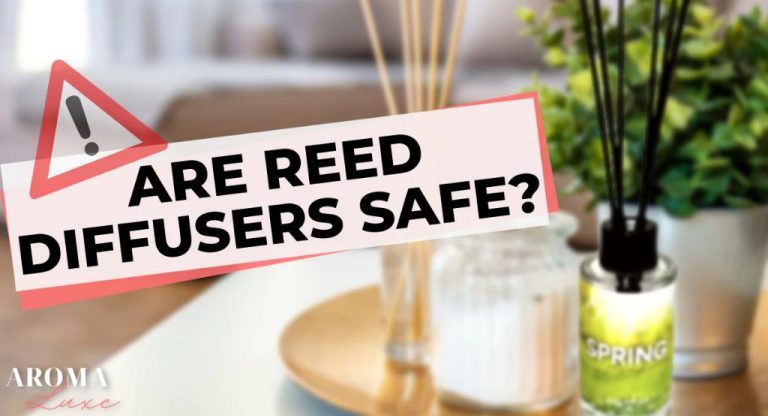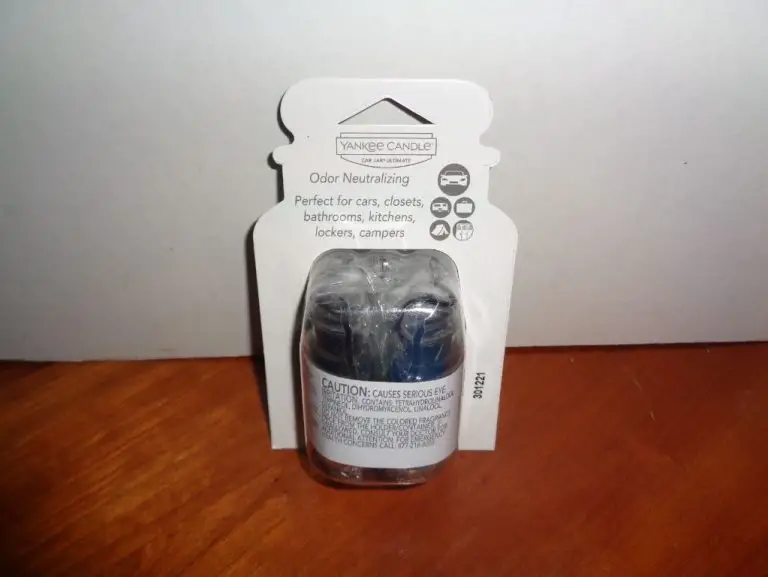How Do You Take Good Care Of Candles?
Taking good care of candles is important for safety, maximizing burn time, and making candles last as long as possible. With proper care, you can ensure candles burn evenly, don’t produce excess smoke or wax residue, and avoid potential fire hazards. Practicing good candle hygiene also helps candles retain their look and fragrance longer. Understanding how to properly trim wicks, allow for adequate ventilation, avoid drafts, store candles securely, and know when to replace them are all key parts of caring for candles and using them in a responsible manner.
Choosing Quality Candles
When selecting candles, look for ones made from natural, high-quality waxes like soy, beeswax, or paraffin. Stay away from candles with synthetic fragrances or dyes which can release toxins when burned. The safest bets are 100% soy or beeswax candles made with cotton wicks. The wax and wick materials impact both the quality and safety of the candle. Low quality waxes and wicks can cause issues like sooting, tunneling, or producing excess smoke.
Soy wax is a renewable and environmentally friendly material that creates a smooth burn and pleasant natural scent. Beeswax is another eco-friendly option that burns cleanly. Paraffin wax is common in candles but can produce more soot. When shopping, read reviews and descriptions to ensure you choose candles made with quality waxes and lead-free cotton, paper, or wood wicks.
Trimming the Wick
One of the most important parts of caring for candles is trimming the wick before lighting. Long or uneven wicks can cause candles to tunnel, smoke, or burn unevenly. For best results, use sharp scissors to trim the wick to 1⁄4 inch before each lighting. This helps the candle burn slowly and evenly, prevents excess smoking, and makes the candle last longer. Trim the wick as it melts down each time to maintain the proper size flame for optimal performance.
Lighting Safety
When lighting candles, it’s important to keep safety in mind. Avoid lighting candles near drafts caused by windows, fans, or air vents. The draft can cause the flame to waver, dripping wax in unwanted places and potentially causing a fire. Make sure your hair, clothes, curtains, and other flammable materials are kept at a safe distance from the lit candle. Tie back long hair and keep loose clothing secured. Use long-stem lighters or matches to light candles to avoid burning your fingers. Take care not to tilt the candle or touch the hot wax when lighting. Keep candles on a sturdy base and out of reach from children and pets to prevent accidental tipping. With the proper precautions, lighting candles can be safe and enjoyable.
Safe Placement
When burning candles, it’s crucial to place them on a sturdy, level surface that’s heat resistant. Avoid placing candles on surfaces like wood, plastic or fabric, as these materials can melt or scorch. Instead, choose non-flammable surfaces like metal, glass, stone or ceramic. Make sure the surface is flat and stable – don’t put candles on an uneven or wobbly surface where they could easily get knocked over.
Position your lit candle at least 12 inches away from anything flammable, including curtains, drapes, furniture, bedding and even walls. Keep it away from areas with grease or oil splatters too. Have a 36 inch distance between burning candles. Don’t cramp numerous candles together in a tight space. Give each candle adequate breathing room to prevent flare-ups. For maximum safety, refrain from putting candles in high traffic areas where people may inadvertently brush up against them and cause a spill. Choose an out-of-the-way location where pets and kids are unlikely to disturb the candle as well.
Supervision
One of the most important aspects of candle safety is to never leave burning candles unattended. You should always remain in the same room with candles when they are lit. It only takes a moment for a candle flame to ignite nearby objects or cause other fire hazards if knocked over. Keep an eye on burning candles at all times and blow them out before leaving a room or going to sleep.
Assign someone to be in charge of monitoring lit candles if you have guests or are hosting an event. Never assume others will watch the candles for you. It’s easy to become distracted in conversation. Appoint one person to be the dedicated candle supervisor. Children and pets should also be supervised around burning candles.
Stay alert and be prepared to promptly extinguish candles if there are any signs of issues arising. Don’t wait until an emergency occurs. Be proactive and prevent problems before they start by continuously overseeing burning candles.
Extinguishing
When it’s time to extinguish your candle, it’s important to fully blow out the flame so it is completely extinguished. Never leave a candle burning unattended. Make sure to blow out candles all the way until the wick stops glowing. Extinguish candles before the melted wax gets too close to the holder or container edge. Allow the wax pool to harden before relighting.
Candle wax can reach temperatures up to 185°F. If the candle wax becomes too hot, it can scorch or start a fire. Avoid letting wax pool or build up on the sides. Trim the wick to 1⁄4” before lighting to prevent excess smoke and promote complete burning. Properly extinguishing candles will help prevent wax from tunneling down the side and preserve the candle for longer life.
Storing Candles
Proper storage is key to preserving your candle’s quality and burning performance. Always store candles in a cool, dry location away from direct sources of heat and sunlight, like next to heat registers or in hot attics. Temperature extremes can cause candles to warp, burn unevenly, or lose their fragrance over time.
Store candles in an interior closet, cabinet, or drawer rather than in windowsills or outside storage areas that experience large temperature swings. Keeping candles out of direct light also helps prevent fading of decorative exteriors. For best results, aim to store candles at room temperature.
Additionally, make sure storage areas are free of dust. Dust particles can get trapped in wax pools and create black smoke marks when burned. Storing candles upright rather than sideways prevents wax drips and maintains the wick’s shape.
With proper storage away from heat, light, and dust, candles can last for years without deteriorating in quality or performance. Just be sure to keep wicks trimmed before lighting to remove any hardened ends after storage.
Cleaning Up Wax
Candle wax can be tricky to clean up, but there are some effective methods to use without damaging your surfaces. The key is to avoid using sharp objects like knives or scrapers which could scratch or damage the surface. Instead, try these safer techniques:
Use a hair dryer to gently heat and soften the wax, which makes it easier to remove. Hold the dryer 6-12 inches away and heat the wax for 30 seconds to 1 minute. Be careful not to get too close or hold it in one spot too long. As the wax softens, you can gently wipe it away with a soft cloth or paper towel.
Place a plastic bag over the wax deposit and iron over the bag on low heat. This will melt the wax so it absorbs into the bag. Lift the bag off and quickly wipe away any remaining wax residue.
If there is any discoloration left after removing the wax, rub a small amount of coconut oil or baking soda on the spot using a soft cloth. The mild abrasiveness will help lift the stain.
With a little patience and care, you can remove dried candle wax from surfaces without damaging them. Just avoid sharp objects, use gentle heat when needed, and clean up spills as soon as you can.
When to Replace
Candles are not meant to last forever. The wick and wax will deteriorate over time. For safety, it’s best to replace a candle after it has burned for 100 hours. This can be difficult to track precisely, but you can estimate based on the size of the candle and how often you’ve used it. Small candles or tea lights may only last 10 hours before needing replacement. Large pillar candles can often burn over 100 hours. If you’ve burned a candle for over 3 months, or find that it gets very hot, flickers more, or produces a lot of smoke, those are signs that it’s time for a fresh candle.
Replacing candles regularly helps prevent potential fire hazards from wicks that are too long or wax pools that are too deep. Old candles are more prone to soot buildup, mushrooming wicks, tunneling, and uneven melting. All of these issues make the candle more dangerous. Sticking to the 100 hour guideline helps ensure you’re burning each candle only during its prime. Plus, who doesn’t love a brand new candle! Changing your candles seasonally is one easy way to maintain safety while also enjoying variety.




